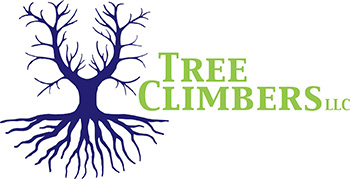An arborist familiar with hazard tree evaluation may suggest one or more of the following:
- Remove the target. While a home or a nearby power line cannot be moved, it is possible to move picnic tables, cars, landscape features, or other possible targets to prevent them from being hit by a falling tree.
- Prune the tree. Remove or reduce weak or defective branches of the tree. Because inappropriate pruning may weaken a tree, pruning work is best done by an ISA Certified Arborist.
- Cable and brace the tree. Provide physical support for weak branches and stems to increase their strength and stability.
- Provide routine care. Mature trees need routine care in the form of water, fertilizer (only in some cases), mulch, and pruning as dictated by the season, species, age, structure and other factors.
- Remove the tree. Some hazardous trees are best removed. If possible, plant a new tree in an appropriate place as a replacement.
Recognizing and reducing tree hazards not only increases the safety of your property and that of your neighbors but also improve the tree’s health and may increase its longevity!
